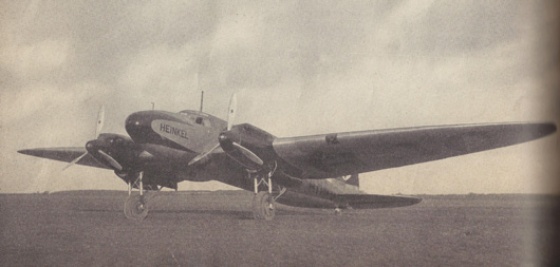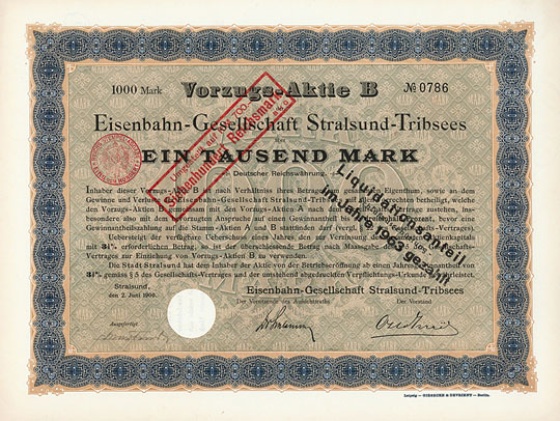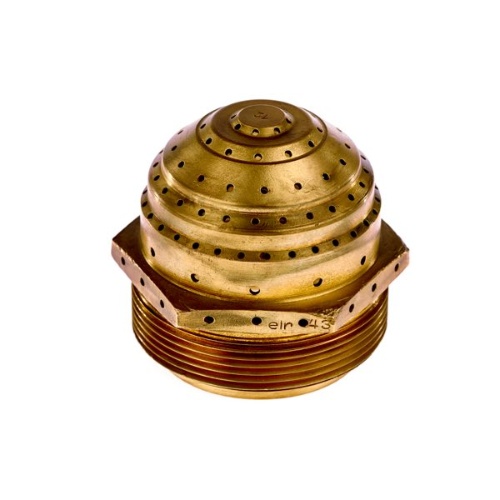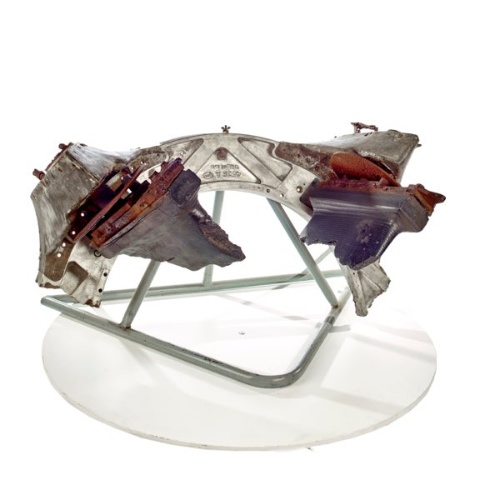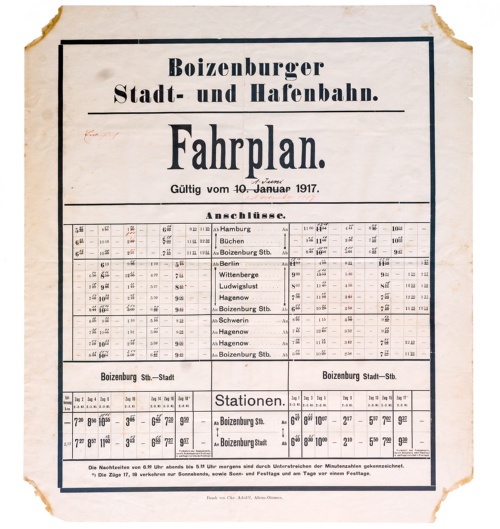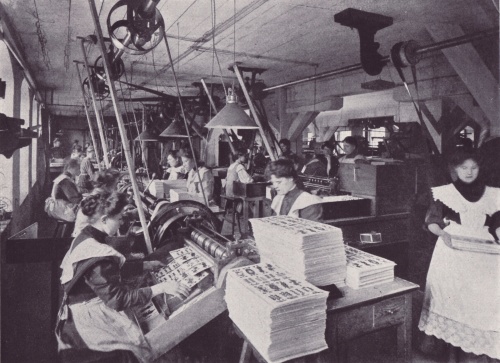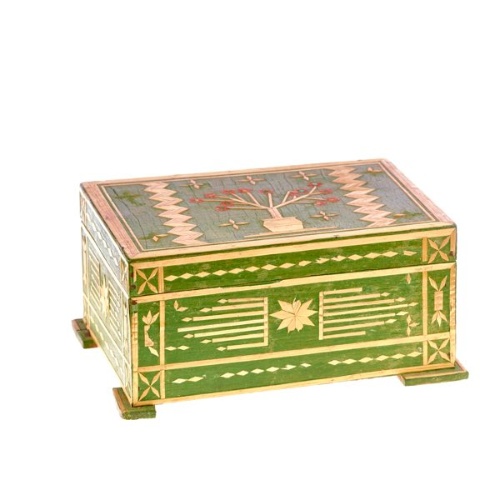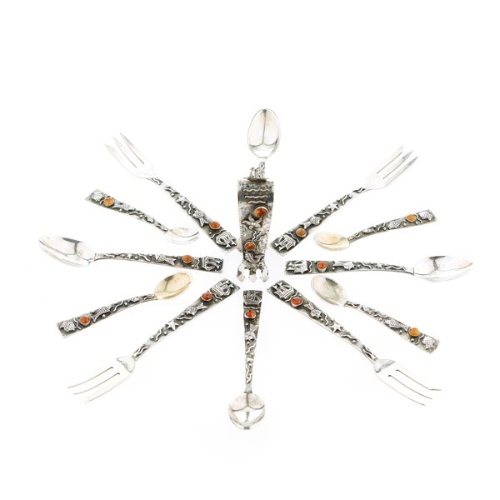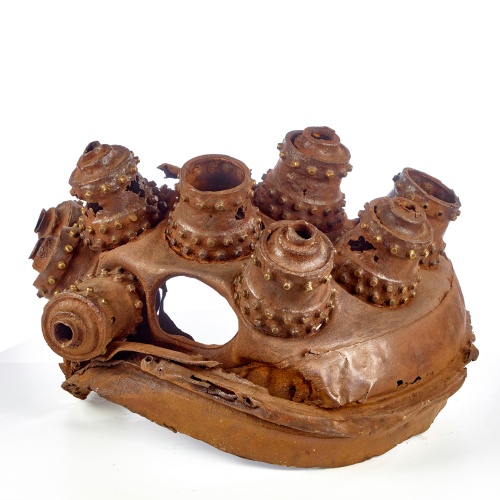The Mecklenburg chamber of commerce was founded in 1902. Major shipbuilding switched to steel steamers and the Neptune shipyard was the largest industrial company in the state. Tourism developed extensively from the turn of the century.
The First World War restricted foreign trade. Merchant ships were seized, captured or sunk. Craft enterprises in the back country died out. The Fokker aircraft works in Schwerin prospered.
Post-war industry was concentrated in five large companies. Crafts became service providers. Trade, hotels and restaurants offered places to work. The Ernst Heinkel aircraft works were built in 1922 in Warnemünde. Unemployment of 14% in 1929 was concentrated in towns and cities. Small and medium-sized businesses closed down.
National Socialism promoted the aircraft industry all over the country. After the outbreak of war in 1939 prisoners, forced labourers and concentration camp detainees helped to overcome the shortage in personnel.
In autumn 1945 all arms factories were demolished and essential things were produced proactively. The food industry, energy and water companies started to recover slowly. Around 5,000 craft enterprises were established. The shipyard industry started again with personnel from the aircraft industry. Around 1947 the construction trade experienced a revival after clear-up work.
